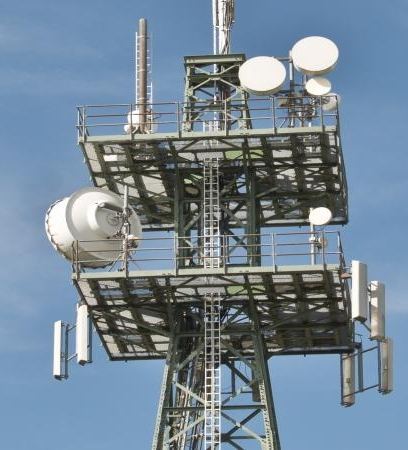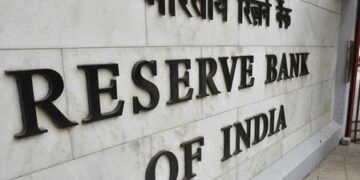New Delhi, 13 May (IANS). Adoption of internet in rural areas and increasing data consumption is emerging as a structural driver to increase users (ARPUs) on the average revenue of Indian telecom companies.
To take advantage of this trend, telecom companies are strengthening rural connectivity, which will help expand their data subscriber base and returns. This information was given in a latest report on Tuesday.
According to a report by Crisil Ratings, in the four calendar years ended on 31 December, 2024, internet access in rural India increased from 59 percent to 78 percent. At the same time, internet access in urban areas has increased from 77 percent to 90 percent.
With the continuous adoption of online communication, continuous adoption of digital payments, the increase in social media, content streaming service and e-commerce is expected to increase by 4-5 percent in internet access to rural areas by the end of FY 2026.
Despite the price being more sensitive to the price, the rural internet users remained strong during the last year despite the increase in the mid -2024. This reflects the high dependence of rural users on mobile internet.
Increase in user data usage per user in rural areas is also getting support by network expansion, competitive price schemes and better strength of smartphones.
Most of this speed appears in Circle B and C, which makes about 70 percent of the rural subscriber base in India.
In the last four years, data consumption in these circles has increased from CAGR of 19-22 percent. Whereas, data consumption in Metro City has increased from CAGR of 17-19 percent. This reflects the painting and stable demand of mobile data service.
Anand Kulkarni, director of Crisil Ratings, said, “As assuming the tariffs will remain stable, the industry’s ARPU is expected to rise by Rs 20-25 to Rs 225-230 by the end of this financial year. The Inkriemental ARPU is expected to come from rural customers about 55-60 percent of the ARPU.”
Keeping this trend in mind, telecom companies are also combining their offers with various data-focused schemes and investing in spectrum acquisition and tower density in rural areas.
In the auction held in June 2024, telecom companies achieved most of the spectrum in Circle B and C.
In addition, independent telecom tower companies are planning a capital expenditure (capex) of about 8,000 to 9,000 crore rupees in FY 2026, of which a large part will be directed to rural areas.
Crisil Ratings Team Leader Mohini Chatterjee said, “It will help to increase targeted network and spectrum investment in rural areas, as well as ARPU, to increase the returns on the employed capital of telecom companies from 10 percent of the financial year 2025 to about 12 percent in FY 2026.”
-IANS
SKT/ABM










